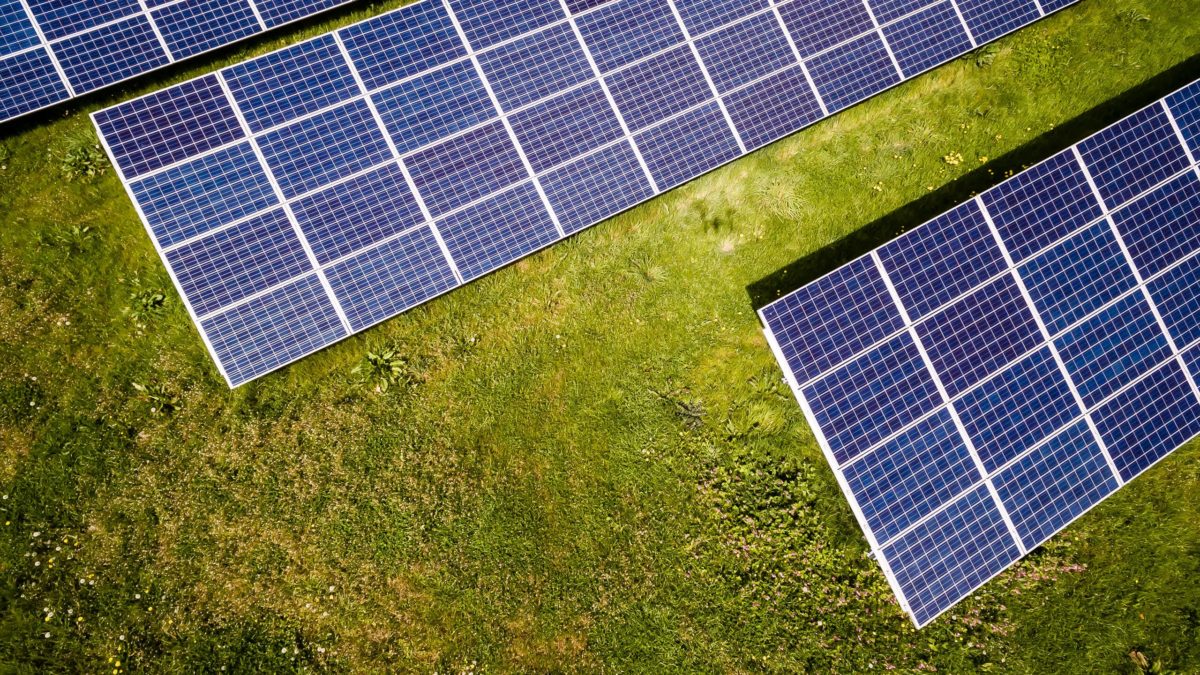Residents of Montgomery County Maryland now have access to a cleaner, more local energy mix, as Summit Ridge Energy reached commercial operations on a 2.5 MW community solar project located in Spencerville.
TurningPoint Energy developed the project under the State of Maryland’s Community Solar Pilot Program, of which Summit Ridge Energy owns the market share, with 90 MW currently in operation. The array was built on Cedar Ridge Community Church’s (CRCC) property and will provide hundreds of subscribed households with lower monthly energy costs.
“This community solar project is the culmination of an excellent partnership between the community and County” Councilmember Tom Hucker said. “In 2018, I spearheaded ZTA 18-01 that allowed for larger solar projects like this one so we can better position ourselves to fight climate change and collectively reduce our carbon footprint.”
ZTA 18-01 was a zoning amendment, passed in 2018, which revised the county’s existing Solar Collection System use standards to allow larger facilities in Rural Residential, Residential, Commercial/Residential, Employment, and Industrial zones.
While the CRCC project is the county’s only ground-mount community solar project thus far, it won’t be for long. In 2021, Ameresco and Neighborhood Sun announced plans to construct a 6 MW project on the capped Oaks Landfill in Gaithersburg, just northwest of Washington, D.C. The 6 MW project will be divided into three 2 MW arrays, with Array 1 set to provide the county government with power. The remaining two arrays compose the community solar project with all of the generated electricity provided to low-to-moderate income residents.
Montgomery County has a local goal of eliminating greenhouse emissions in its operations by 2035, on top of the state of Maryland’s goal to generate 50% of its electricity from renewables by 2030.
In September 2021 regulators in Maryland unanimously voted to expand the capacity of the state’s community solar program as well as improve access for low- and moderate-income (LMI) customer participation in the state’s Community Solar Pilot Program.
According to the Coalition for Community Solar Access, the expansion of the program will allow community solar to power the equivalent of an additional 6,840 Maryland homes, annually. The expansion also changed development regulations, allowing community solar projects to be built on clean-fill construction sites, transforming previously unusable industrial locations into clean solar energy generation sites.
This content is protected by copyright and may not be reused. If you want to cooperate with us and would like to reuse some of our content, please contact: editors@pv-magazine.com.









By submitting this form you agree to pv magazine using your data for the purposes of publishing your comment.
Your personal data will only be disclosed or otherwise transmitted to third parties for the purposes of spam filtering or if this is necessary for technical maintenance of the website. Any other transfer to third parties will not take place unless this is justified on the basis of applicable data protection regulations or if pv magazine is legally obliged to do so.
You may revoke this consent at any time with effect for the future, in which case your personal data will be deleted immediately. Otherwise, your data will be deleted if pv magazine has processed your request or the purpose of data storage is fulfilled.
Further information on data privacy can be found in our Data Protection Policy.